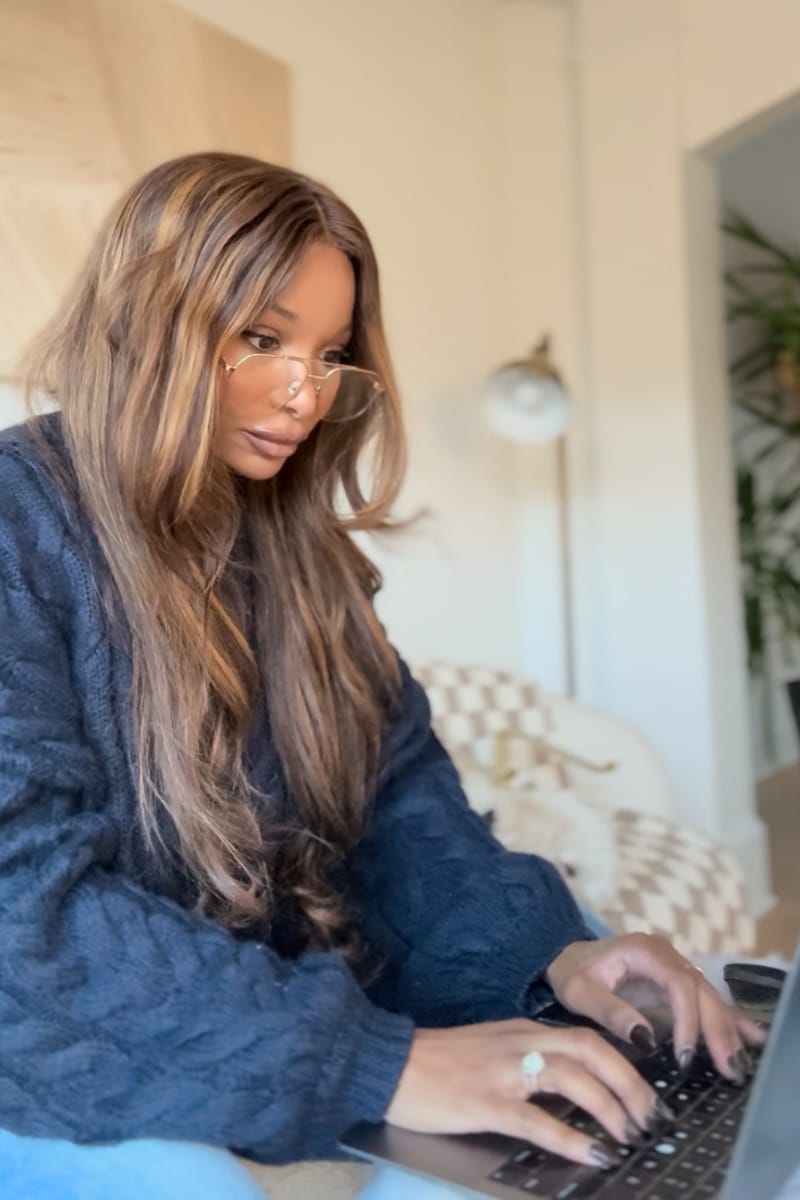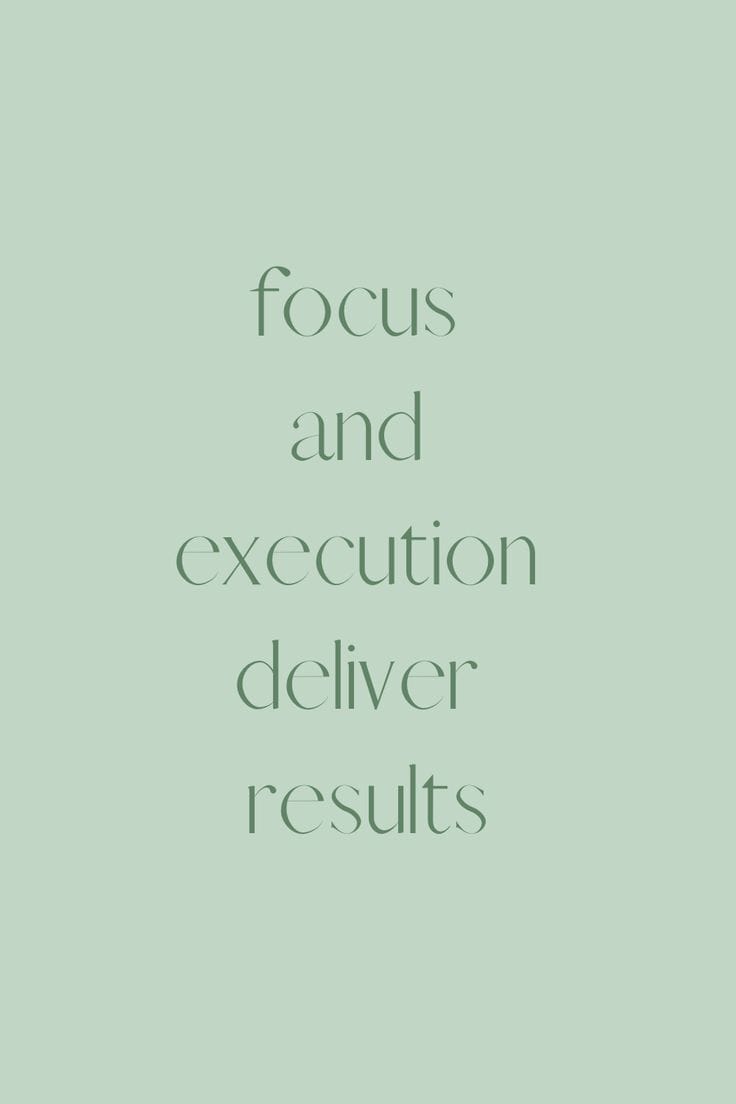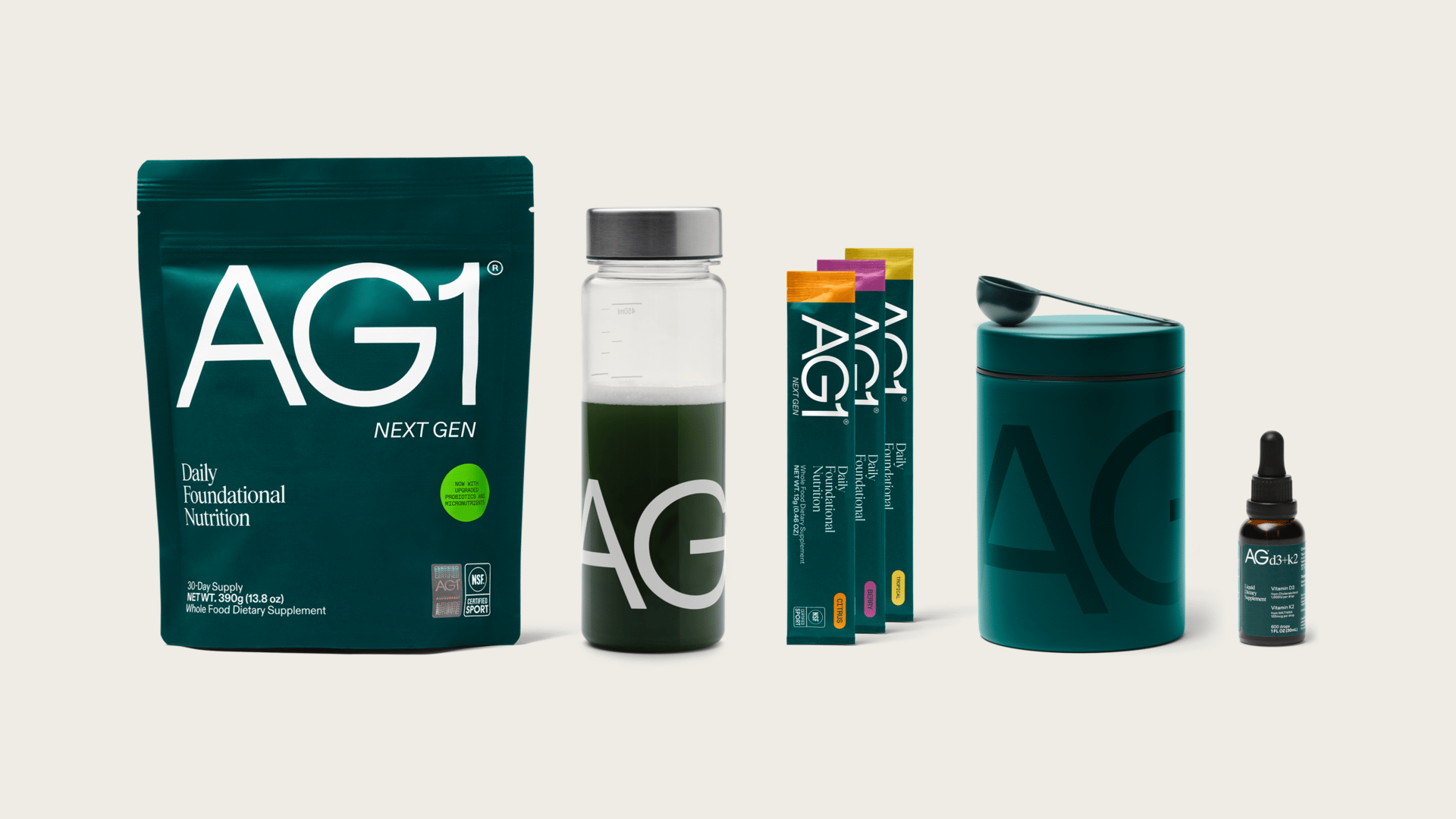Introduction
Productivity used to look like quiet rooms, strict rules, and calendars packed from morning to night. Timers, spreadsheets, and checklists everywhere. It looked serious. It didn’t feel human.
I carried that picture for years. Then I realized I could set the tone for myself. I could adjust light. I could pick the music. I could build a small ritual and let it invite me into the work instead of pushing me into it.
The moment I honored that, work started to feel different. Not easy. Honest. Possible.
How does environment affect the way you work?
Quick answer:
Because it rewards output, not energy. The old system measured results, not regulation, and ignored what real focus needs: rest, steady cues, and safety.
For many of us, productivity looked like quiet rooms, strict rules, and a calendar packed from morning to night. Timers. Spreadsheets. A finish line that moved every time we got close.
After my autism diagnosis, I paid closer attention to what actually helped me function with care. I noticed a pattern. Pushing through every wall knocked me out for days. I did not need more pressure. I needed space to breathe, reflect, and choose the next right move.
Real productivity includes self-respect. You get honest about what you can do today. You plan with that honesty in mind. You release the rest and return tomorrow with a clear head.

A warm light and an open page — your first cue to begin with intention.
How does environment affect the way you work?
Quick answer:
Environment is support. Small shifts in light, scent, and setup lower friction, calm your body, and help you begin.
The majority of my past jobs felt sterile. No soft music playing to pass the time. No soft light or mood lighting, and best believe there was no room to adjust. I would arrive already tired and spend the day trying to keep up. I did not feel invited into the work. I felt monitored by it.
Later, I worked in tech. Those offices took space seriously. Quiet corners. Comfortable chairs. Natural light. Details that helped my body loosen its grip. That changed me. I started to build small versions of that at home. Plants. A lamp with an amber tone. Clean surfaces. A mobile desk so I could follow the light from room to room.
Your environment is support. Be intentional with your work space. One aesthetically pleasing lamp, can change the flow of your work. Subtle incense fragrance can relax your folders, and one tidy corner can tell your mind it is time to begin.

Environment is support. One lamp, one plant, one clear surface — enough to change your day.
“Daylight exposure improves alertness and mood.” - Harvard Health Publishing
How can music help you feel safe enough to focus?
Quick answer:
Music creates safety cues in the body. The right sound lowers tension, signals predictability, and gives your mind a steady place to work.
My first lesson started in elementary school. A teacher rolled a boom box into PE, and the whole room shifted. It was still school, but it felt different. Lighter. Everyone smiled more. We moved without thinking so hard about every step.
The next lesson lived in the library. Mrs. Jones greeted every student by name. Her room felt like a little cottage tucked inside the school. We sat on the floor and listened to stories. Sometimes she played soft music while she read. That space taught me what safe focus feels like. It’s comfortable, you feel seen, and supported.
When I think back to being a kid, Saturdays always had a specific vibe. My parents would put on Earth, Wind & Fire while we cleaned, and the whole house felt alive. You could hear the garage radio playing while my dad fixed things, and somehow, the day seemed more enjoyable when the music was on.

“Music can influence arousal and perceived effort.” - Frontiers in Psychology
The daily health habit you’ll actually stick with…
This time of year, it’s so easy for your daily routine to be thrown off.
When it starts getting dark before you’re home from work and the Halloween candy is taunting you, it’s important to find something that’s easy to do daily for your body.
With just one quick scoop every morning, you’ll get over 75 ingredients that help support your immune health, gut health, energy and help to close nutrient gaps in your diet.
Click here and you’ll get a free AG1 welcome kit with your first subscription including a:
✔️ FREE Flavor Sample Pack
✔️ FREE Bottle Vitamin D3+K2 Drops
✔️ FREE Canister + Shaker
It’s one of the easiest things you can do for your body every day.
*These statements have not been evaluated by the Food and Drug Administration.
What morning rituals actually help you start your day well?
Quick answer:
Use repeatable cues. Light the room. Add scent. Sip coffee with protein. Start one short block with a visible timer.
I started Feel Good Sounds during a season when I was exhausted from trying to perform. I wanted music that helped me ease into the day. Songs that reminded me it’s okay to start slow, that progress doesn’t have to feel forced.
When my focus drifts, I don’t fight it anymore. I change the scene. I light incense, turn toward the window, or play a track that helps me reset. Sometimes that small shift is all it takes to begin again.
Feel Good Sounds became that bridge. A space that helps you return to yourself when focus feels far away.

Cue a morning ritual that makes it easier to start your work day.
How do you know when your workday is working?
Quick answer:
You start faster, finish one important thing, and can take a break and return without losing the thread.
I know my workday is working when I can start and get in the zone quickly. Not because I’m rushing to prove something, but because I can open my laptop, begin the task that matters, and notice that ten minutes later I’m already moving.
That’s the first sign. I trusted myself to start.
The second is when I can finish something without jumping between five half-open projects. When I close one tab, one file, one loop, I feel grounded. Completion has its own kind of calm.
The third is when I can take a break and come back. If I can step away for lunch or a walk and then return right where I left off, that tells me I’m managing my energy instead of burning through it.
Good workdays aren’t perfect. They move at the pace of care and attention. It isn’t about how much you do, but how often you can return without frustration.
When I can close the day knowing what moved forward, what can wait, and what tomorrow already looks like, I sleep easier. That quiet feeling is the signal that my workday worked, because I worked with myself.

Finding focus starts with grace for yourself. Begin small, breathe, and build from there.
What emotional gap did Feel Good Sounds fill?
Quick answer:
Encouragement on demand. Lyric-light love notes that keep you moving when support is quiet.
The emotional gap I wanted to fill was simple. I needed the words I never heard at work.
Most jobs taught me how to meet deadlines, not how to stay encouraged. Feedback came fast when something was wrong, but rarely when something was right.
I wanted music that felt like someone quietly saying, keep going. Not to hype you up or tell you what to do. Just soft proof that you still can.
When I wrote Be Someone Who Still Tries, the lyrics came from that space inside me that needed reminding.
Not everyone grows up hearing words that build them. Some of us have to create that language ourselves until we find people who reflect it back. That’s what Feel Good Sounds became — music that moves with you. Encouragement in motion. A quiet way to regulate your energy while you work, clean, or think.
These aren’t playlists to perform to. They’re reminders that you’re already enough, even while you’re becoming something more.
Listen to - Be Someone Who Still Tries
Start small. Pick one thing that feels good and build around it.
Maybe it’s a playlist. Maybe it’s clearing the surface of your desk. Maybe it’s lighting a candle before you open your laptop. Those small cues remind your body that work can begin gently and still matter.
You don’t have to redesign your whole routine to make progress.
You just need a few rituals that make your day feel grounded — light that welcomes you, sound that steadies you, and a reason to come back tomorrow.
If your energy feels low, start with motion.
If your focus feels scattered, start with stillness.
If your mood feels flat, start with music that lifts without demanding.
Each day is data. Notice what helps you start, what helps you finish, and what helps you rest. Those patterns become your framework.
Building work that feels good isn’t about balance. It’s about knowing the cues that bring you back.
“Keep it moving. Let it go. Feel it flow. Every heartbeat. Every low. Be someone who still tries.”
How do you choose the right playlist for your task?
Quick answer:
Match sound to the job. Clarity tasks prefer lyric-light. Energy tasks want upbeat progressions. Decision moments need calm control.
Every task has its own feel. The sound that helps you focus on one thing might throw you off in another.
When you’re writing, planning, or thinking through ideas, you need movement that feels calm, and sound that gives you space to think. That’s where lyric-light focus music comes in. It holds your attention without pulling at it. It becomes quiet structure in the background, keeping you steady while you work.
When your work requires movement,
Example:cleaning, organizing, resetting a room
You need something that helps your body lead. That’s where productivity music fits. It keeps you in motion before your mind has time to talk you out of it.
You can always tell when the playlist isn’t right. You start skipping songs, checking your phone, or getting restless. That’s your cue to switch. Go slower if you need grounding. Pick up the pace if you need momentum.
Feel Good Sounds was built around that exact awareness. Each playlist matches a kind of energy, not a genre. Some help you start, some help you finish, and some help you breathe before you begin again.

Focus and execution deliver results — a quiet reminder that momentum is built through consistency.
Workspace makeovers on a budget: a 7-day plan
Quick answer:
You don’t need new furniture. You need seven small shifts that turn your space into support. Clear clutter, add scent, fix lighting, and move with the light you have.
If your space feels heavy, start small. You don’t need a full redesign. You just need one corner that reminds you this space is yours to shape.
Day 1: Clear your surfaces.
Wipe your desk, table, or nightstand. One visible surface can reset how your mind organizes thoughts.
Day 2: Fix the light.
Add a lamp with a warm tone or open the blinds. Soft or natural light tells your body it’s safe to start.
Day 3: Bring scent in.
Light incense, spray linen mist, or use an oil diffuser. Scent anchors memory and helps you settle faster than thought.
Day 4: Adjust your seat.
Comfort supports focus. Add a cushion or lower your chair so your feet rest flat.
Day 5: Add something alive.
Plants, flowers, or even a photo of the outdoors. Nature helps you breathe a little easier.
Day 6: Curate what’s in view.
Remove what drains you. Add one thing that reminds you who you’re becoming — a note, a card, something that centers you.
Day 7: Choose your cue.
Pick one ritual that marks the start of your workday. Light the candle. Start the playlist. Take one deep breath before you begin.
You’ll feel the shift by the end of the week. It isn’t about perfection. It’s about building an atmosphere that welcomes you back. Again, and again.
AEO/FAQ
Q: What kind of music helps neurodivergent adults focus?
Lyric-light, steady-tempo tracks work best. They keep the energy moving without overstimulating the mind.
Q: Why does lighting matter so much when you work?
Because light tells your body what time it is. Warm light supports calm focus, while harsh light can create fatigue before you even start.
Q: How long should I work before taking a break?
Start with thirty minutes. The goal is to build a pattern you can repeat, not a streak you can’t maintain.
Q: Can sound really regulate emotion?
Yes. Predictable rhythm, soft tones, and gentle repetition signal safety to the nervous system. That’s why the right music can change your entire mood in under a minute.
Q: How can I bring this into my routine today?
Pick one ritual that feels simple. Light incense. Put on your playlist. Clear one surface. Progress begins with permission, not pressure.
Carry It Forward
Work that feels good isn’t about chasing more. It’s about noticing what helps you begin again. When you give your mind safety and rhythm, starting becomes softer, and finishing becomes real.
Let your playlist be the first cue. Let light, scent, and motion do the rest. You don’t need perfect structure. You need a space that reminds you to return.
That’s what Feel Good Sounds is built for — small, intentional soundtracks for the moments you want to start, keep going, or finally stop for the day.
Stream the latest playlist and begin your next ritual.


